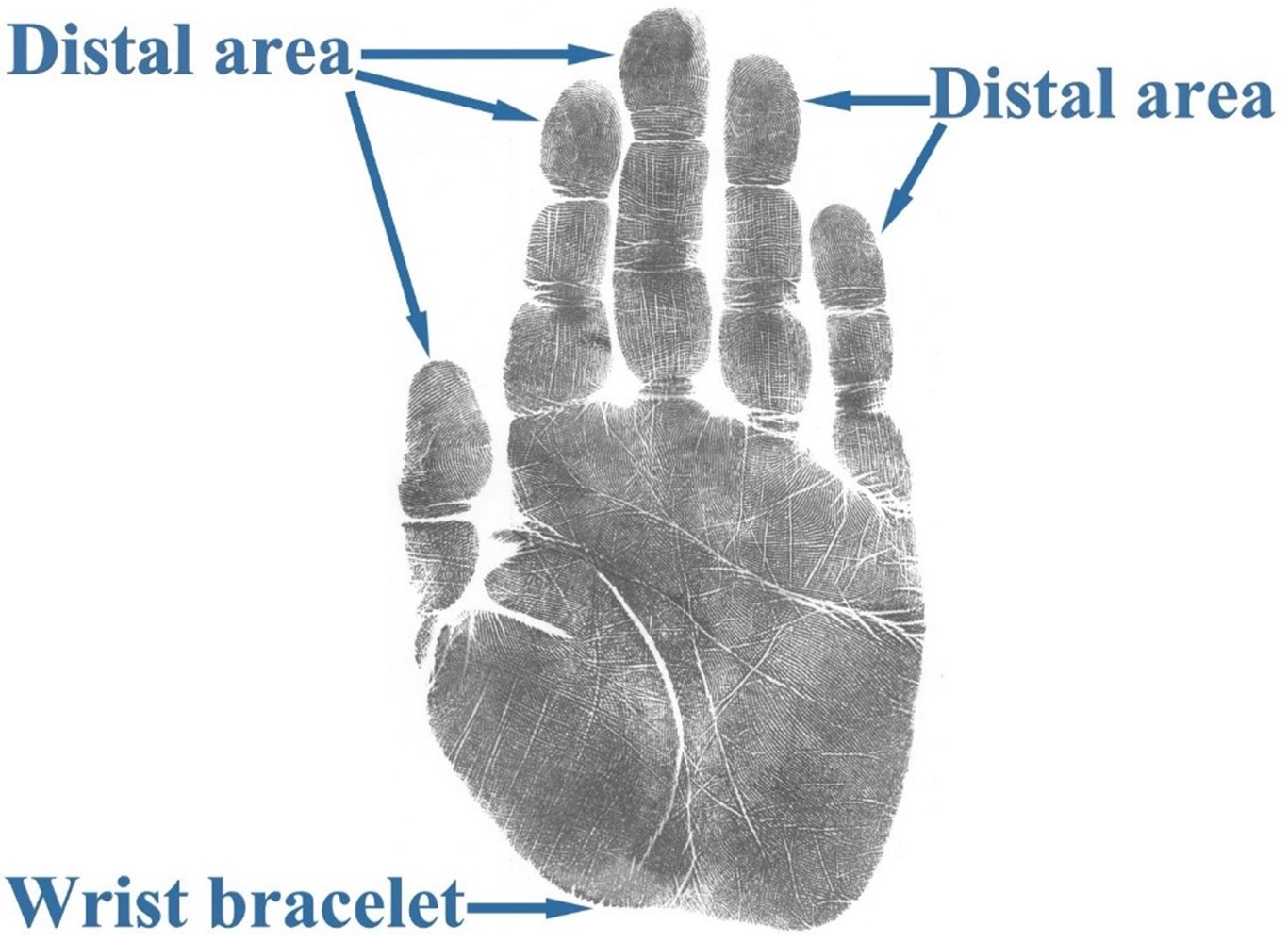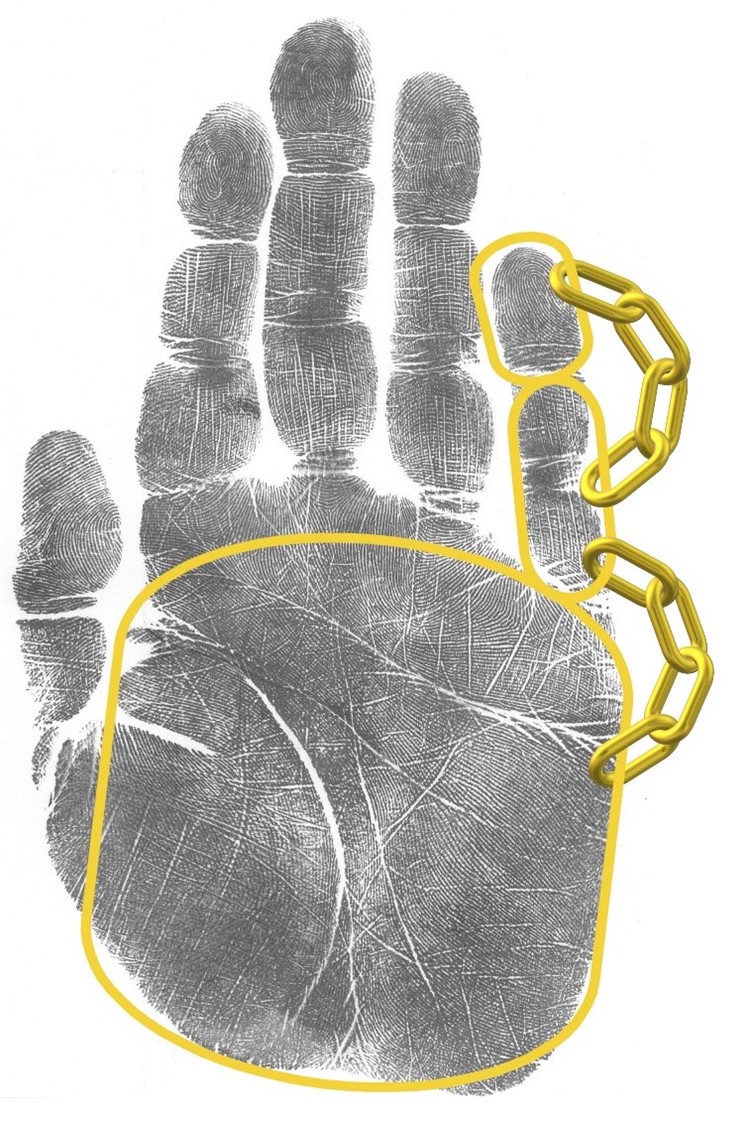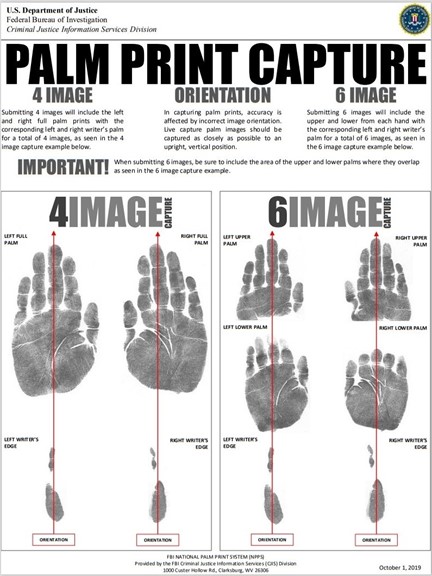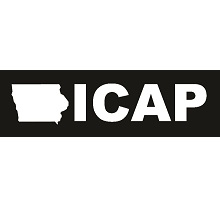Why Law Enforcement Agencies in Iowa Should Capture Complete Palm PrintsThe National Palm Print System (NPPS) facilitates the storage of known palm prints and the search of latent palm prints left at crime scenes. Currently, the NPPS repository maintains tens of millions of unique palm print identities and individual palm prints tied to those identities, all of which are available for investigative leads. Palm prints that fail enrollment can never be searched against latent records in the Unsolved Latent File (ULF). This can result in a failure to identify potential suspects, which may cause crimes to go unsolved.
A complete palm print includes the wrist bracelet to the distal areas and all parts between. The distal images are important for ensuring the correctness of the palm print and to ensure enrollment. This is because criminal history records in NGI are based on fingerprint identification, and the distal part of the fingers contains the fingerprints. If a palm print submission correctly includes the distal images, the system can check the fingerprints against the palm areas, ensuring they are part of the same hand. Without the distal images, the system cannot perform this check.
The NGI System uses the sections of a complete palm print submission to link the parts of the palm and the fingerprints together in a verified record. The equipment that many agencies have may be unable to capture the entire palm print in a single image due to a small scanning surface that only prints portions of the submission at a time. The FBI urges those agencies to capture each portion of the palm print submission completely so the system can create a complete record from those portions. Agencies can consult and download the FBI’s “Palm Print Capture” poster for guidance on how to record a complete set of palm prints.
The “Palm Print Capture” poster shows how to record a 4- or 6-image palm print submission. To support partner agencies and ensure NPPS has a gallery of high-quality palm prints, the FBI is proactively working with state submitting agencies to address any palm print enrollment issues the state may have. A palm print capture guide and references are available at:
|







